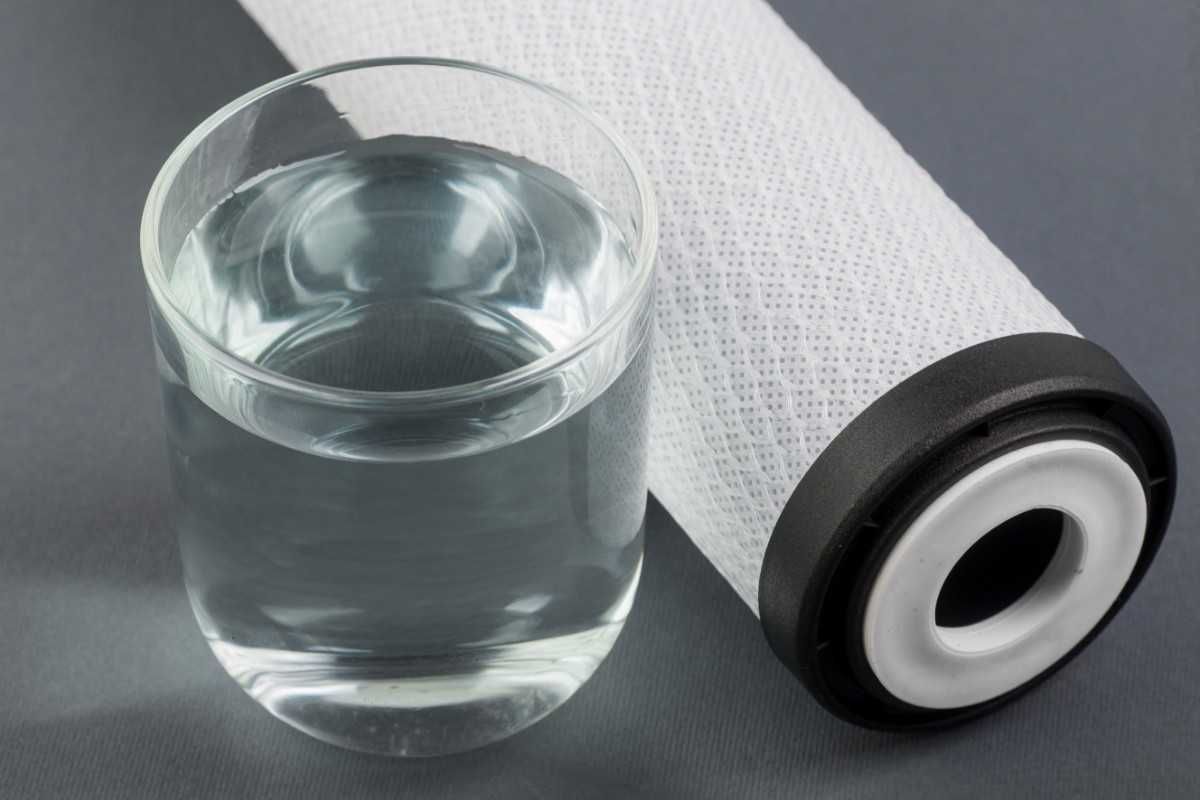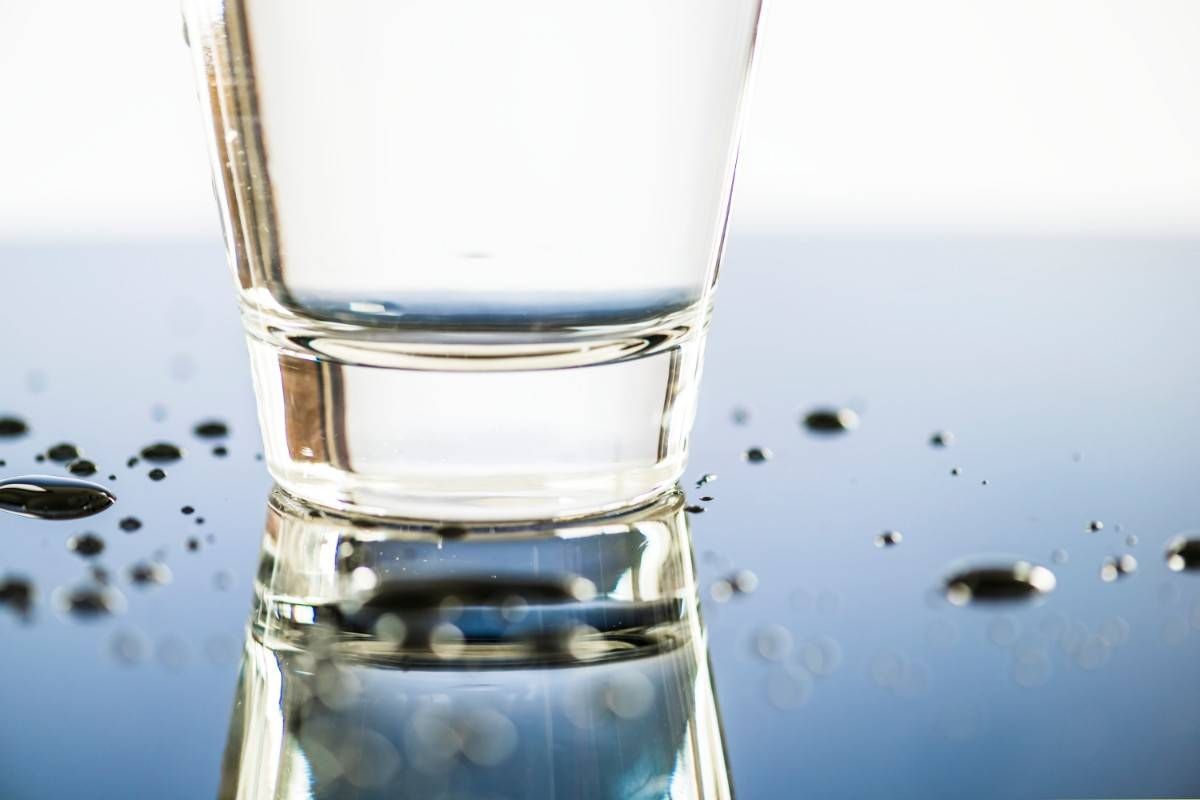Can Reverse Osmosis Remove Fluoride? What You Need to Know
In Florida, many families wonder if their water filter can really remove fluoride. The answer is yes, but not all filters work the same way.
If you are planning to buy a reverse osmosis system for home, you must first confirm if the RO system you are planning to buy can remove fluoride from water.
The best way to confirm if your RO can remove fluoride ask the provider if your RO has a semi-permeable membrane that removes the fluoride.
Read this guide to understand how a reverse osmosis system for home can treat fluoride presence in water.
What Actually Happens With Fluoride
Fluoride is added to most city water supplies. Some people want it removed for health reasons or taste preferences. A reverse osmosis system for home can remove 85-95% of fluoride from tap water.
How Does It Really Work
Think of reverse osmosis like a super tiny strainer. Water molecules are sufficiently small to flow through, but fluoride particles are captured and eliminated.
The process pushes water through a special membrane. The holes in this membrane are so tiny that only water can pass through. Everything else, including fluoride, gets left behind.
Real Results From Testing
Water testing shows impressive results. Tap water with 1.0 parts per million of fluoride drops to just 0.05-0.15 parts per million after treatment.
That's like taking 20 teaspoons of fluoride and leaving only 1 teaspoon behind. Pretty amazing for a home filter system.
Why Families in Florida Choose This Option
Parents frequently fear that their kids are receiving excessive amounts of fluoride. Some children already receive fluoride treatments at the dentist and use fluoride toothpaste.
Others simply want control over what goes into their drinking water. A reverse osmosis system for home gives families this choice.
The Science behind Removal of Fluoride
The membrane technology works because of size differences. Fluoride molecules are bigger than water molecules. When water gets pushed through tiny holes, fluoride cannot follow.
Most reverse osmosis systems for home units have multiple stages:
- Pre-filter removes big particles
- Main membrane catches fluoride and chemicals
- Final filter improves taste
What People Actually Experience
Families report noticeable changes after installation. The water tastes cleaner and has no chemical aftertaste. Ice cubes become crystal clear instead of cloudy.
Some notice their coffee and tea taste better too. This happens because the reverse osmosis system for home removes other chemicals along with fluoride.
Important Things to Remember
These systems do waste some water during the cleaning process. For every gallon of clean water, about 2-3 gallons go down the drain.
The filters need regular replacement. Old filters stop working properly and let fluoride through again.
Installation takes up space under the kitchen sink. Most reverse osmosis systems for home units fit, but measure first.
The Bottom Line Truth
It is true that fluoride is eliminated from drinking water by reverse osmosis. Testing proves it works consistently when maintained properly.
Families who want fluoride-free water find this technology reliable and effective. The reverse osmosis system for home delivers what it promises.
Frequently Asked Questions
Will my water taste weird after removing fluoride?
Most people say their water tastes better, not worse. Fluoride can give water a slight chemical taste that many folks don't realize they're tasting until it's gone.
Is it expensive to remove fluoride this way?
The upfront cost feels big, but it's cheaper than buying bottled water forever. A decent reverse osmosis system for home costs about the same as 6-8 months of bottled water for a family. Plus, you get unlimited clean water after that.
Do I need to worry about losing good minerals too?
Yes, reverse osmosis takes out good minerals along with fluoride. Some families add minerals back or eat mineral-rich foods.


















